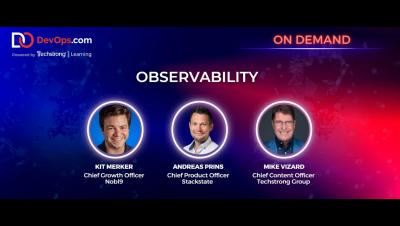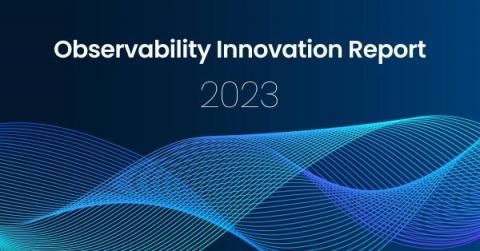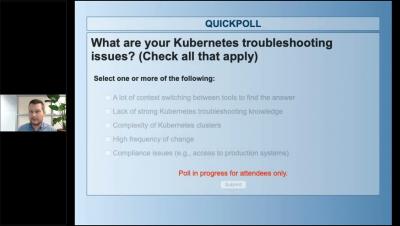8 SRE Best Practices to Help Developers Troubleshoot Kubernetes
Maintaining reliable Kubernetes systems is not easy, especially for people who are not Kubernetes experts. This blog, part 2 of 3 in the “8 SRE Best Practices to Help Developers Troubleshoot Kubernetes” series, explains 8 simple best practices SREs can follow to help developers and other SREs build knowledge and effectively troubleshoot issues in applications running on Kubernetes.







